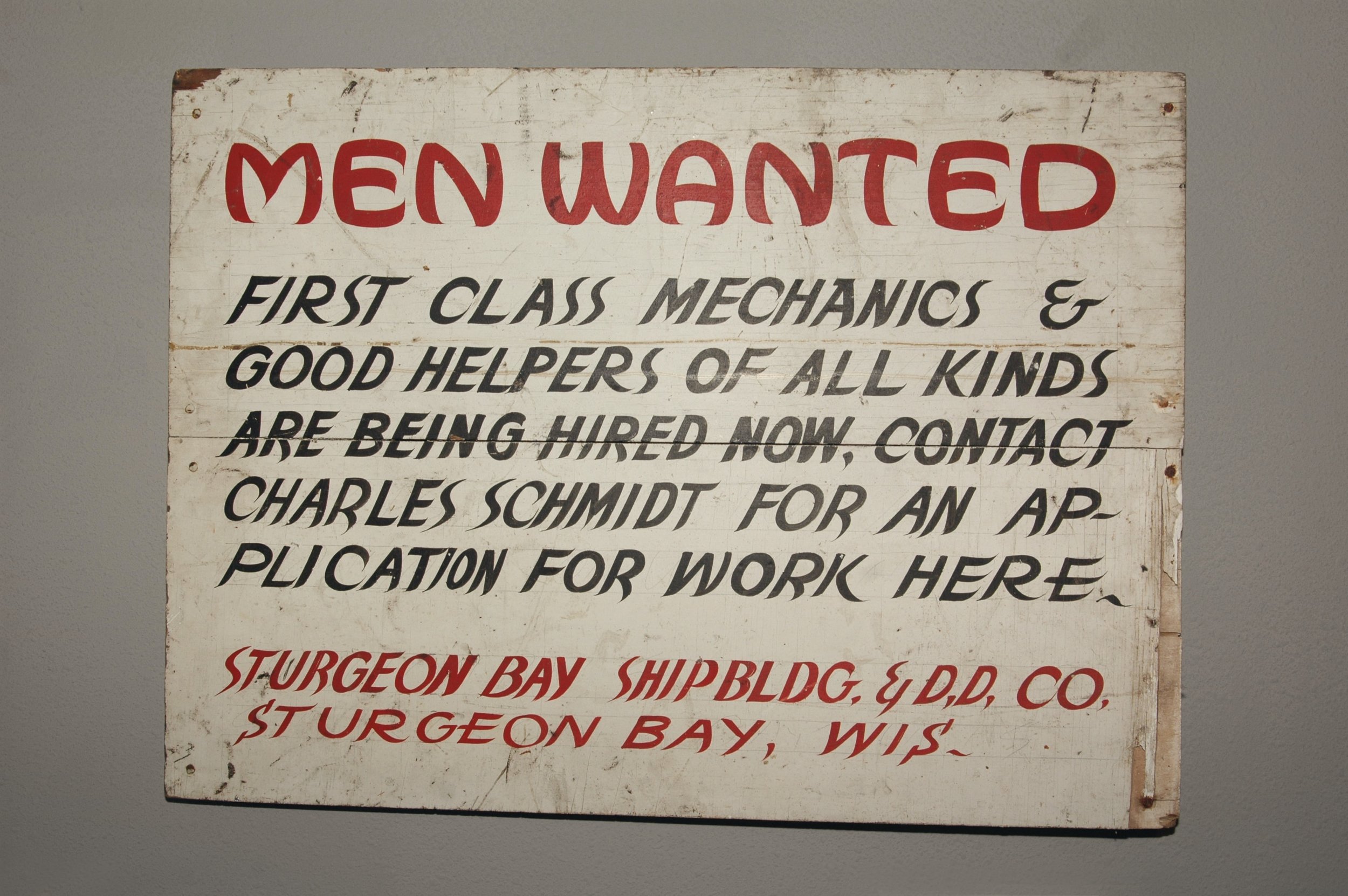Three Ways the Gender Pay Gap is Still Alive and Thriving
The Equal Pay Act was passed into federal law in1963–that was sixty years ago! Yet we still haven’t achieved its stated goal: equal pay between employees in comparable roles, regardless of gender. We’ve made significant progress with women now earning 82% of the equivalent male’s salary compared to the paltry 59% of 1963. But that 82% has not budged in the last twenty years! What factors prevent the gap from closing further?
It’s difficult to pinpoint the various factors that contribute to the ongoing disparity in lifetime earning potential between women and men. Varied circumstances, including career and lifestyle choices, global pandemics, and other acts of the universe make it impossible to clearly compare apples to apples (female apples to male apples, that is.)
And there’s the rub: these varied circumstances which separate one gender into oranges are, in fact, not random. There are many long-standing institutional and societal inequities that systematically align men to make more money over a lifetime than the rest of us. Below we detail a few contributing factors, and hope that in reading this list you can identify additional ways in which systemic barriers to gender pay equity impact your career.
Men have a lower threshold for applying to jobs.
According to an internal report from Hewlett Packard, men apply for jobs when they meet 50-70% of the criteria in a job description, while women wait until they meet almost 100% of the job criteria to apply.
To understand why people chose not to apply to a job in which they did not meet all the criteria, the Harvard Business Review conducted a follow up survey. While both men and women reported the most common reason for not applying to a job was to avoid wasting time and energy on a job they didn’t think they would get, women were almost twice as likely as men to pass on an application specifically because they wanted to “avoid failure” or rejection–not simply to save time and energy.
Women were also more likely to avoid applying to a job because they felt that they were “following the guidelines for who should apply.” Given that women are socialized to follow rules more strongly than men, it’s not entirely surprising that women take listed job requirements as just that: required. The truth is, job requirements are a myth. When the true criteria for job candidate selection are not formalized, the group taught to pay close attention to official rules suffers.
Lists of job requirements are not the only way in which job applications discourage diverse applicants. For example, while men consider applying to jobs with both masculine-coded and feminine-coded terminology in the description, women rank job applications with masculine-coded terms as less appealing and less welcoming than feminine-coded applications despite perceiving the jobs as requiring equal amounts of skill!
Women are told that they individually are the problem: be braver, apply more freely, learn to disregard your learned respect for written guidelines and aversion to male-centric language! But the real problem here is a system that sets women at odds with job applications. Reform in recruiting and hiring practices would bring more women into the running for jobs.
Women are more likely to formally ask for flexibility at work.
Several studies of employees’ use of time at work have shown that women are not the only ones looking for flexibility in work hours, but they are more likely to ask for permission than male peers. Some employees, predominantly men, find ways to leave work during the day without being noticed, answer emails from the ski slopes or the golf course, and take other quiet liberties to fit non-work obligations and interests into their weeks.
Unlike employees who request formal part-time schedules, remote work days, or leave, employees who arrange informal flexibility are often seen as diligent and present. They even reap benefits from their crafty scheduling, by creating the perception of long hours that encourage promotions and bonuses. Of course, they are not mentioning that these long hours have long breaks in the middle!
For those who request more formal accommodations (leave, part-time schedules, flexible hours, or remote work options), professional barriers grow. Lack of (formally) part-time leadership positions stall career advancement; periods of leave can disproportionately deflate employees’ performance reviews.
These factors affect employees of all genders who pursue formal flexibility arrangements, but are compounded for women by additional subconscious biases. In a McKinsey report, hiring managers and leaders repeatedly confirmed that while men are often hired for their “potential”, women are usually hired based on experience and credentials. A study out of the University of Kent looking at remote work in Germany recently found that while men and women work about the same number of overtime hours, men make 1,000+ additional Euros per year that women never see! The researchers speculate that this may be, at least in part, due to a biased perception from managers about what employees are doing in their flexible or remote time.
Women are more likely to take on uncompensated labor outside of their job description.
You may have heard of the phenomenon of women doing invisible “office housework”: fetching coffee, taking notes at meetings, and delivering messages with disproportionate frequency to their male colleagues. For many women, this dynamic parallels one they see in heterosexual relationships and as default caretakers. Women are estimated to do 30% more of these chores than men, and it’s not because women enjoy these tasks more than men or have inherent skill advantages for those tasks.
Managers are also more likely to request menial, sacrificial tasks of women subordinates. Some workplaces have instituted policies to curb this type of gendered expectation, but the issue persists at many levels.
In fact, a new direction is emerging for unpaid extra-vocational labor: voluntary diversity, equity, and inclusion (DEI) work. Women are twice as likely as men to volunteer for DEI initiatives, as well as champion diverse hiring, mental health resources, and more.
The catch is, while 70% of companies in the 2021 Women in the Workplace Report claim that DEI is a major priority, only 25% factor employee participation in these efforts into promotion or performance evaluation.
Once again, women’s attention is diverted toward building community and bettering the workplace–a prime reason why we should have equal footing within it!--while those efforts go unrecognized in terms of compensation and career trajectory.
Where do we go from here?
Systemic and cultural biases continue to build walls in front of women trying to advance their careers and achieve equitable pay. Some of these disparities are described above, but there are many more. These barriers intersect with challenges faced by groups of minoritized race, sexual orientation, disability, health status, and more. They impact people outside of the gender binary and in all minoritized genders.
How can you begin to overcome these barriers?
Pay close attention to your workplace and yourself:
Where do you see diversity in gender representation and otherwise? Are those spaces well compensated, praised, and highly valued? Is there room for improvement?
What initiatives have you seen that help level the playing field?
Start a conversation with your coworkers (especially male coworkers) about their salary, work schedules, and other compensation. What do you notice?
Consider additional barriers that we didn’t mention. How do they affect you or those around you?, and How do they intersect with other identities?
How do you think about your own professional skills and experiences? Do you view yourself through the lens of your potential? What is your threshold for applying to jobs?
Women in Science Portland is committed to fighting the systems of oppression that prevent women and non-binary individuals from achieving their full potential and excelling in STEM and beyond. Throughout the Courage Campaign, we will be providing women and non-binary individuals with resources to educate, empower, and advocate for pay equity.
Follow the campaign on our website or at #WISPDXCourageCampaign on twitter, instagram, LinkedIn, and facebook.
Have a story about gender discrimination or pay inequity that you’d like to share? Submit your anonymous story here.
Lastly, feel free to leave us a comment or message. We’d love to hear from you!
Author Bio
Arielle Isakharov (she/her) is a Neuroscience PhD Candidate researching cell development and neuronal identity in the retina. When not pipetting, she is advocating for equity within her program and university across racial and gender lines. Arielle has volunteered with WIS PDX in several capacities and is excited to learn and share more about gender pay inequities by contributing to the Courage Campaign. Her non-scientific interests include crafting, reading, and eating sushi.







